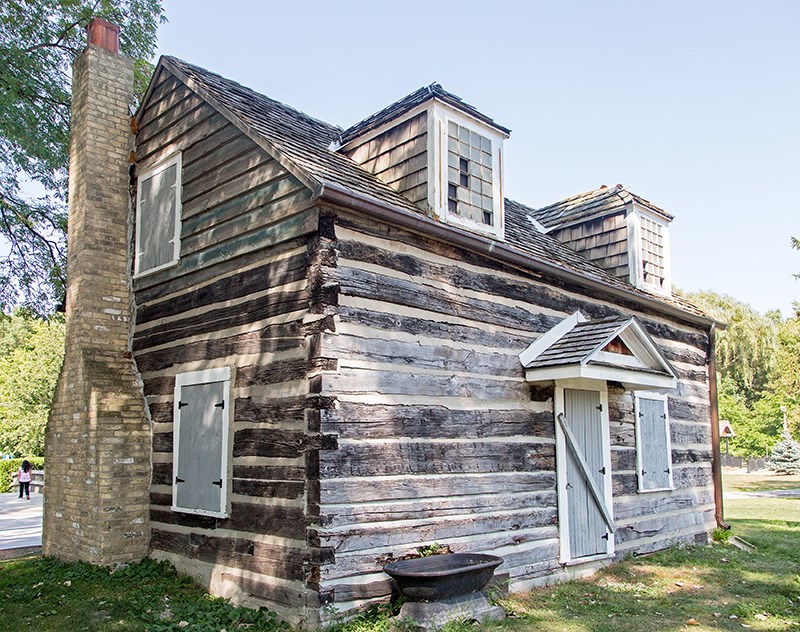Troy Shantz
For the log cabin in Canatara Park it’s not over till it’s over, says preservation advocate Paul Beaudet.
City Hall and the project-funding Seaway Kiwanis Club plan to demolish the 160-year-old structure cabin and replace it with a replica. A final vote is expected Jan. 20.
But an alternative plan to restore one of Sarnia’s oldest buildings to its former glory isn’t dead, says Beaudet, who is planning a last-ditch bid to sway councillors.
He and other former Kiwanians have left the service club over the cabin decision. They say preservation is the only answer.
“And we think we’ll have some cards (to play),” he said.
One of those is a 3,000-name petition. Eight hundred signatures were gathered during Christmas on the Farm, when volunteers collected names within feet of the structure itself.
“We had people lining up to ask to sign it. Certainly the response of the community is absolutely and completely behind this,” Beaudet said.
“They’re incredulous that the city would contemplate destroying this building.”
After two years of debate in and out of council chambers the fate of the deteriorating log cabin will hinge on funding.
The Seaway Kiwanis Club voted to cover half the $100,000 cost of a replacement. The rest would come from the Judith and Norman Alix Foundation, Bluewater Power and Sarnia’s parks and recreation department.
But with a quote in hand from an Ontario restoration expert, Beaudet says the Canatara cabin could be taken apart, restored and rebuilt for about $135,000.
And, he claims, the Alix Foundation funding isn’t tied to one plan or the other.
Meanwhile, the Lambton Heritage Museum has informed city staff it might be interested in acquiring the building. The museum near Grand Bend has at least four other period structures relocated from elsewhere in Lambton.
It’s believed the Canatara cabin was built around 1840 in the Goderich area. The logs were disassembled, floated down Lake Huron to Sarnia and reassembled in the 1930s as a family summer home on Lakeshore Road.
Here, it was owned by Maud Hanna, a philanthropist who gave the city money to buy the land that evolved into Canatara Park.
Sandi Spaulding, Maud Hanna's great-granddaughter, has noted a number of distinguished guests visited the cabin on Lakeshore.
They included Nobel Prize laureate Sir Frederick Banting, co-discoverer of insulin, who apparently practiced a penchant for doodling on the property’s outhouse walls.
Lorne Hay, a local builder and city councillor, donated the cabin to the city in 1971.
With its peg flooring, fireplace and cedar shingles, it became the focal point of special events at Canatara including Easter in the Park and Christmas on the Farm.
The building received a heritage designation but was allowed to deteriorate over the years.
